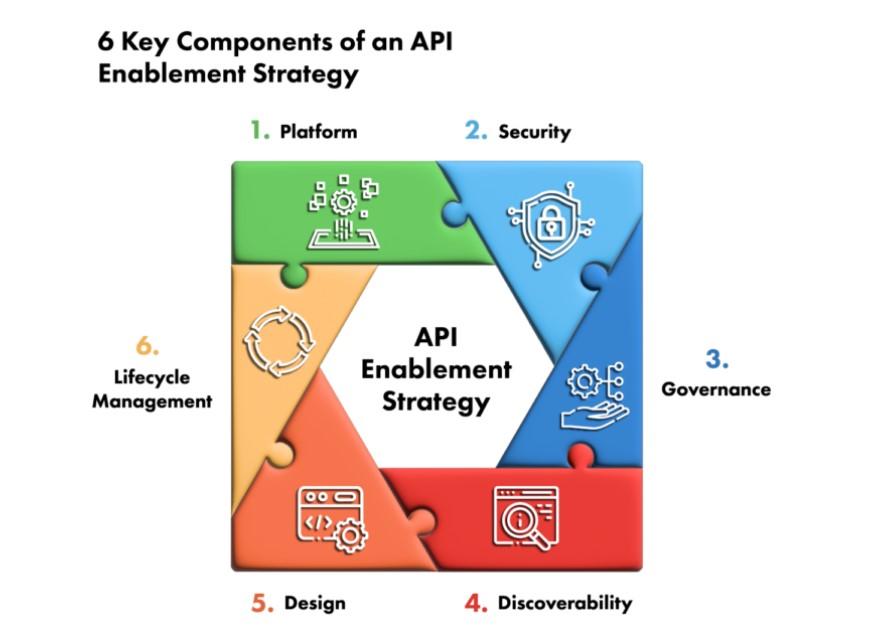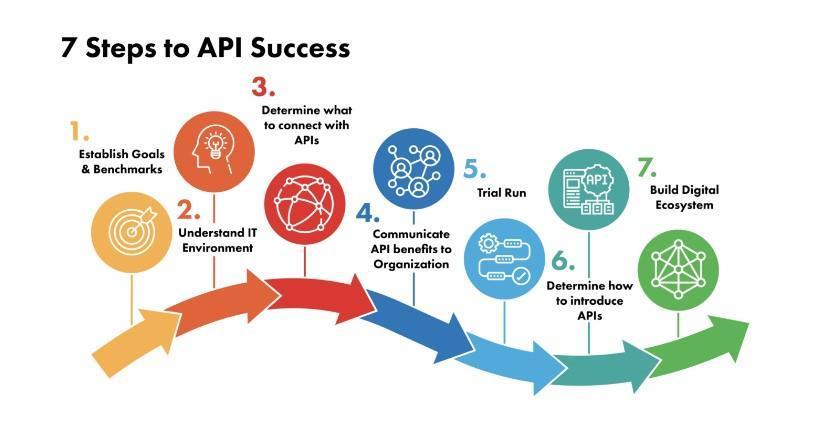API Strategy for Financial Services: 6 Q&As for Integration Success

Today’s successful businesses are the ones that meet their customers’ demands for speed and agility. These businesses understand the requirements for competing in the digital ecosystem and have built the necessary foundation to leverage application programming interfaces (APIs) to deliver more value to their customers. That’s why 98% of organization identify APIs as “extremely or very important to their organization’s operations” as reported in the Annual APIs and Integration Report.
As digital ecosystems continue to expand, it is critical for enterprises to have a plan for how they will work with partners and address the ever-increasing integration requirements. A solid API strategy for the financial services industry will become even more essential for these organizations to succeed as the complexity of their business interactions grow.
Assessing API Strategy Maturity
However, in the financial industry, not all the firms are at the same level of API maturity. While some have made significant progress in implementing their API strategy, others are still figuring out where to start.
As most enterprises already have some APIs in place, they have to decide whether the best course of action is to reuse the current ones or to create new APIs from scratch. Modernizing existing APIs can be a quicker fix to meet pressing needs, though it may not always be the best choice for longer term goals.
Given the need to implement changes that can take effect quickly, as well as those that are further down the road, establishing both a short-term and long-term API strategy is often the best way forward.
If you are a CIO or CTO seeking to accelerate your firm’s API adoption efforts, here are the core questions and answers you need to consider when planning your API strategy.
Top 6 Q&A on API Strategy for Financial Firms
Q1: What are other financial firms doing for API integration?
Financial firms are investing in APIs service. There are several steps involved in this process, including the following:
- Evaluating their API maturity
- Adopting an API platform to help modernize their existing platforms
- Identifying quick and easy integration with partners to provide more services to customers
- Integrating applications and services from multiple environments and platforms
- Leveraging APIs to build self-service capabilities for many financial services use cases like Payment Processing, Currency Exchange, Lending, Chats, ID generation, Quoting, FNOL, Claims, and more.
Q2: What are the primary components of an API enablement strategy?
There are 6 foundational blocks that deliver the value of APIs:

- Platform: Managing the full lifecycle of APIs to deliver innovative applications and experiences
- Security: Safeguarding API platform and securing your API with impenetrable security mechanisms
- Governance: Applying common rules relating to API standards and security policies to your APIs
- Discoverability: Increasing the online discoverability of APIs with content and social bookmarking to promote reuse
- Design: Providing an effective and easily maintained interface that helps consumers understand, use, and integrate
- Lifecycle Management: Overseeing all aspects from API development to deployment and beyond to provide the ability to build, scale, analyze, and monetize
Q3: How do I implement my API strategy?
Most organizations adhere to these 7 steps to successfully implement an API strategy:

- Establish goals and benchmarks.
- Develop a thorough understanding of the current IT environment.
- Determine what needs to be connected through APIs and how.
- Communicate the importance and benefits of API integration to everyone in the organization.
- Conduct a trial run of the new strategy.
- Determine how new APIs are going to be introduced.
- Start building a Digital Ecosystem.
Q4: How should I develop my APIs?
How you develop APIs depends on your team and the culture of your organization. Things to consider include the platform you want to build on, the development language, preference for low code, and how you want to scale. These considerations should be grounded in the current company culture, as well as the resources you have available in your organization.
Here are a few scenarios that exemplify how that works:
- If you want to be platform-independent and your organization prefers Java, you can build your APIs in Java and deploy them as services/containers; this way you can easily port your APIs across vendor product or cloud.
- If you prioritize scalability, you can either build in Java and deploy via containers to gain dynamic scale while keeping the build easier on the infrastructure side, or you can leverage cloud-native services to build your APIs.
- If you want to build on a vendor platform, you can leverage a tool like MuleSoft, Apigee (Google), IBM, Microsoft, AWS, etc. to quickly build and scale your APIs. These platforms are drag and drop connectors and model-driven mappers that leverage scripts to do your transformation, which eliminate the need to write code.
Q5: What does my organization need to support API adoption?
Enterprises that adopt APIs successfully go through the following five steps:
- Creating an API strategy and roadmap
- Selecting API Management Platform
- Setting up API Infrastructure & Practices
- Creating API adoption guidelines and generating community buzz
- Establishing processes to learn, innovate, and mature API usage
Throughout the entire process, financial services firms should implement best practices to ensure that they are maximizing the full value of their API investments.
Q6: How do I select the right tools for my needs and budget?
There are several factors to consider in your API lifecycle tool selection. General considerations include the technology stack of your enterprise applications, as well as the platforms and environment hosting those applications. API-specific considerations include:
- API design and lifecycle tools that work with your chosen platform, and support both test-driven development and a contract-first approach
- API specification format
- API testing process
- API performance and monitoring process
- An API gateway
- API management providers that help securely publish and manage your APIs in production
Keeping all these factors at the forefront of your selection process will help you choose the tools that best fit your needs and effectively drive API adoption in your organization. With a well-thought-out API strategy, your organization can progress on the journey to API-enabled success.
To learn more about how we can help you set up your integration architecture, accelerate your development of APIs, and modernize your services to scale for tomorrow, get in touch with us



